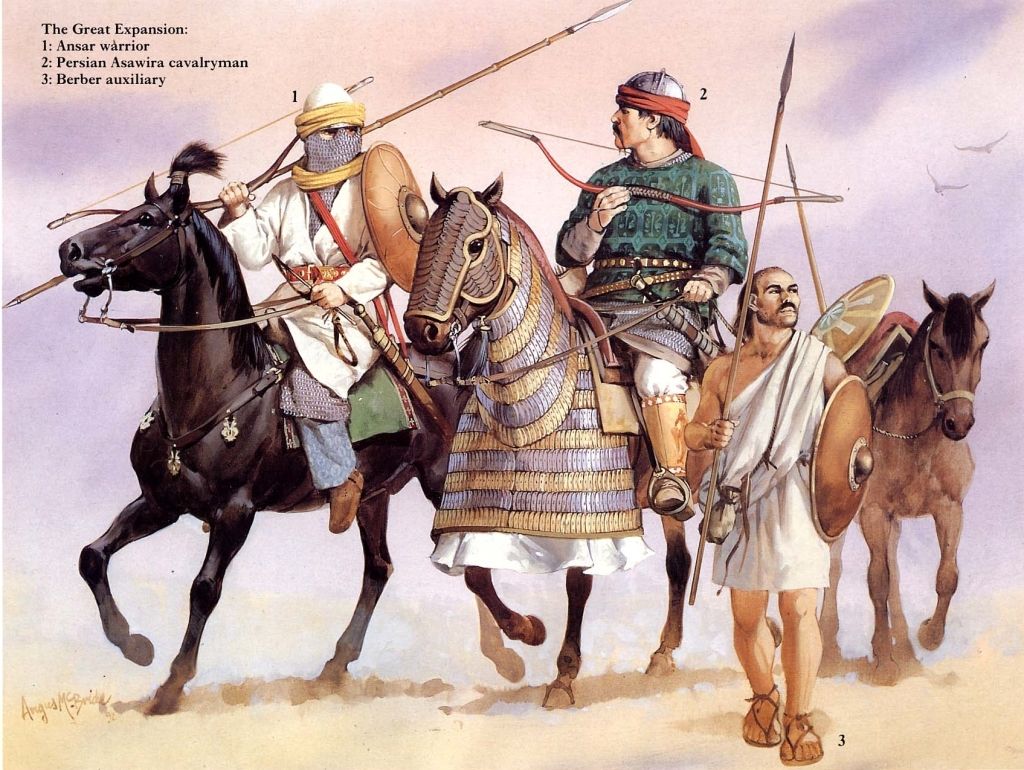
Muslim conquest of Persia
PersiaThe Muslim Conquest of Persia, also known as the Arab conquest of Iran, was carried out by the Rashidun Caliphate from 633 to 654 CE and led to the fall of the Sassanid Empire as well as the eventual decline of the Zoroastrian religion. The rise of the Muslims in Arabia coincided with an unprecedented political, social, economic, and military weakness in Persia. Once a major world power, the Sassanid Empire had exhausted its human and material resources after decades of warfare against the Byzantine Empire. The Sassanid state's internal political situation quickly deteriorated after the execution of King Khosrow II in 628. Subsequently, ten new claimants were enthroned within the next four years. Following the Sassanid Civil War of 628–632, the empire was no longer centralized. Arab Muslims first attacked Sassanid territory in 633, when Khalid ibn al-Walid invaded Mesopotamia (then known as the Sassanid province of Asōristān; roughly corresponding to modern-day Iraq), which was the political and economic centre of the Sassanid state. Following the transfer of Khalid to the Byzantine front in the Levant, the Muslims eventually lost their holdings to Sassanid counterattacks. The second Muslim invasion began in 636, under Sa'd ibn Abi Waqqas, when a key victory at the Battle of al-Qadisiyyah led to the permanent end of Sassanid control west of modern-day Iran. For the next six years, the Zagros Mountains, a natural barrier, marked the border between the Rashidun Caliphate and the Sassanid Empire.
